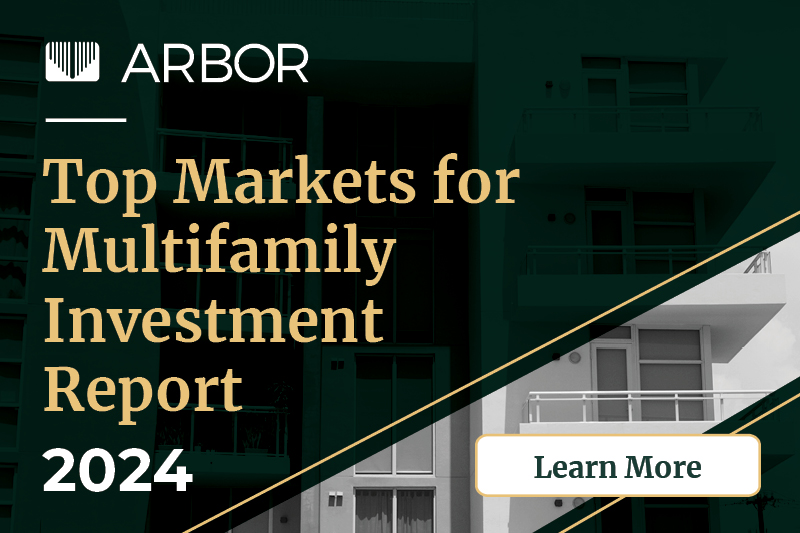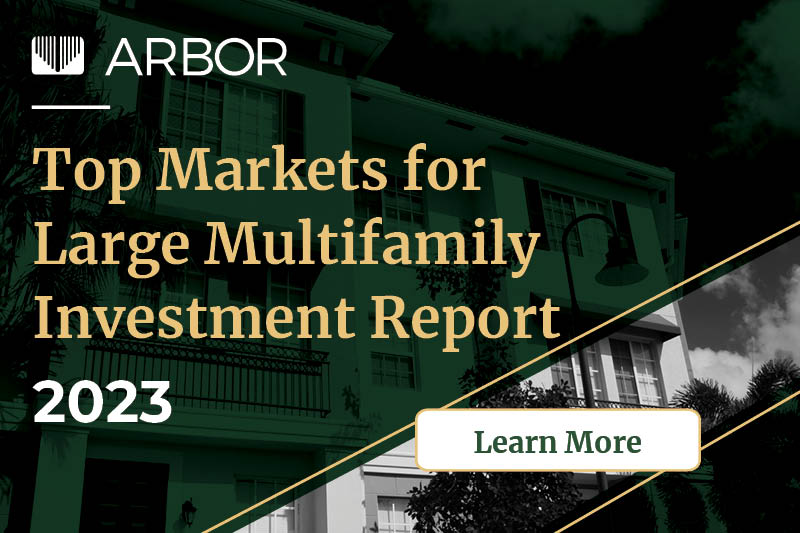Articles
Small multifamily assets have begun to settle into a consistent pattern of growth following two years of price corrections. Building on the findings of Arbor Realty Trust’s Small Multifamily Investment Trends Report Q4 2025, our research teams look more closely at recent pricing trends and the factors driving the turnaround.
Articles
The Federal Housing Finance Agency (FHFA) announced a $30 billion boost to Fannie Mae and Freddie Mac’s volume cap for loan purchases in 2026 to $176 billion ($88 billion for each agency). This increase in FHFA loan caps for 2026 aligns with industry expectations, given the anticipation of improving market conditions and lending activity expected in a lower interest rate environment. Next year’s cap for the Government-Sponsored Entities (GSEs) is an increase of approximately 20% from the $146 billion limit set for 2025.




